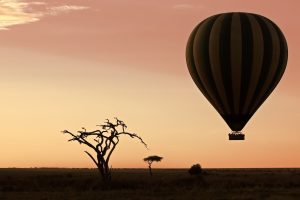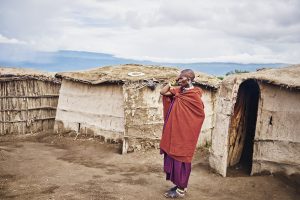Climbing Tips and Advice
Kilimanjaro Climbing Tips and Advice
Embarking on a Kilimanjaro climbing expedition is a thrilling experience. Here at Best Northern Tours and Safari, we want to ensure that you’re fully prepared for your adventure. In this guide, we share expert advice and essential tips to help you achieve your goal of reaching the summit.
Kilimanjaro has several routes to the summit, each offering a unique experience in terms of scenery and difficulty. Some routes are steeper and shorter, offering less time for acclimatization, while others are longer and provide more time to adjust to the altitude. Our team can help you select the right route based on your fitness level, experience, and desired adventure.
Climbing Kilimanjaro requires stamina and endurance. Start a training regimen at least two to three months before your climb. This should include aerobic exercises such as running, swimming, or cycling, and strength training focusing on your legs and core muscles. Hiking in hilly areas while carrying a weighted backpack can also be beneficial.
Altitude sickness is the most common reason climbers don't reach the summit. Our guides are well-trained in spotting the symptoms and providing necessary assistance. However, it's important to go slow, drink plenty of water, and listen to your body to give yourself the best chance to acclimatize.
Temperatures on Kilimanjaro range from tropical at the base to freezing at the summit. Be sure to pack clothing that can be layered to adapt to changing conditions. Other essentials include a good quality sleeping bag, trekking poles, sun protection, and a headlamp.
Climbing Kilimanjaro is not just physically demanding but mentally challenging too. Some days will be harder than others. Prepare yourself to stay positive, keep going, and remember why you embarked on this journey in the first place.
Staying hydrated and eating well are essential for your energy and acclimatization. We provide clean, filtered water throughout the trek and our chefs prepare fresh, nutritious meals. Make sure to communicate any dietary requirements in advance.
A successful climb greatly depends on the condition of your feet. Break in your hiking boots well before the trek and make sure they're comfortable and waterproof. Pack several pairs of moisture-wicking socks to keep your feet dry and blister-free.
Finally, respect Mt. Kilimanjaro and its environment. Adhere to the Leave No Trace principles to help us preserve this majestic mountain for future climbers.


Climbing Mount Kilimanjaro is a monumental undertaking, but with the proper preparation and mindset, it is a very attainable objective. At Best Northern Tours and Safari, we are committed to assisting you through every step of your journey to the Roof of Africa. Contact us immediately to begin planning your trip.







